Nigerian Architect Olajumoke Adenowo on Making It in a Patriarchal Society and Her New Book
- Oops!Something went wrong.Please try again later.
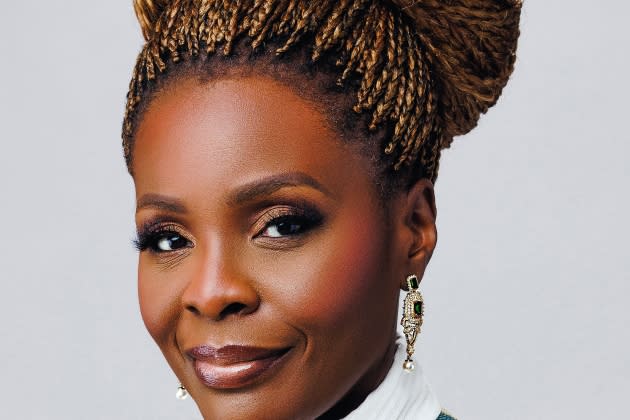
MILAN — One of Africa’s most recognizable female faces in the field of architecture, Olajumoke Adenowo, said making it to the top wasn’t easy in Nigeria’s patriarchal society.
“I have had to work several times as hard as the men just to earn my seat at the table. Never have I asked for consideration to attend to any role perceived by my society as a ‘female role’ such as child bearing, child care, parental care — nothing,” exclaimed the architect and interior designer, whose latest book, “Neo Heritage. Defining contemporary African architecture,” was published by Rizzoli New York this month.
More from WWD
The award-winning Adenowo started her own firm, AD Consulting, in 1994 but earning the respect of her colleagues was not easy, she explained.
“The decision-making hierarchy in the infrastructure space is male-dominated. Meritocracy is not the norm and I have had times when I got to a meeting to discuss a project, and discovered later that the decision to award the commission to a crony had been taken already…” she said.
Hailed as “Africa’s star-chitect” by CNN, she hopes Africa, and Nigeria in particular, will one day welcome a globally recognizable monument like the Eiffel Tower, and this fresh chapter in Nigeria’s political history might be a new starting point.
“We are one of the planet’s most diverse nations which must define a common vision. When we can define ‘Nigerianness’ and our uniqueness, our vision and dream for a preferable future, we will be ripe at that time for a national icon that celebrates our identity,” she added.
Nigeria’s new president, Bola Ahmed Tinubu, took office on May 29 after a widely contested presidential election in February. The vote was a key turning point for the oil-rich nation, which boasts the highest gross domestic product in all of Africa. In addition to its dynamic tech and fashion industries, it’s also a cradle of architectural wonders — contemporary buildings are potential new monuments of our time — like the Obafemi Awolowo University in Ife, and ones Adenowo envisaged herself, such as the Guiding Light Assembly Church in Lagos and future ones like the OAU Senate building, from which light percolates through the forms and voids.
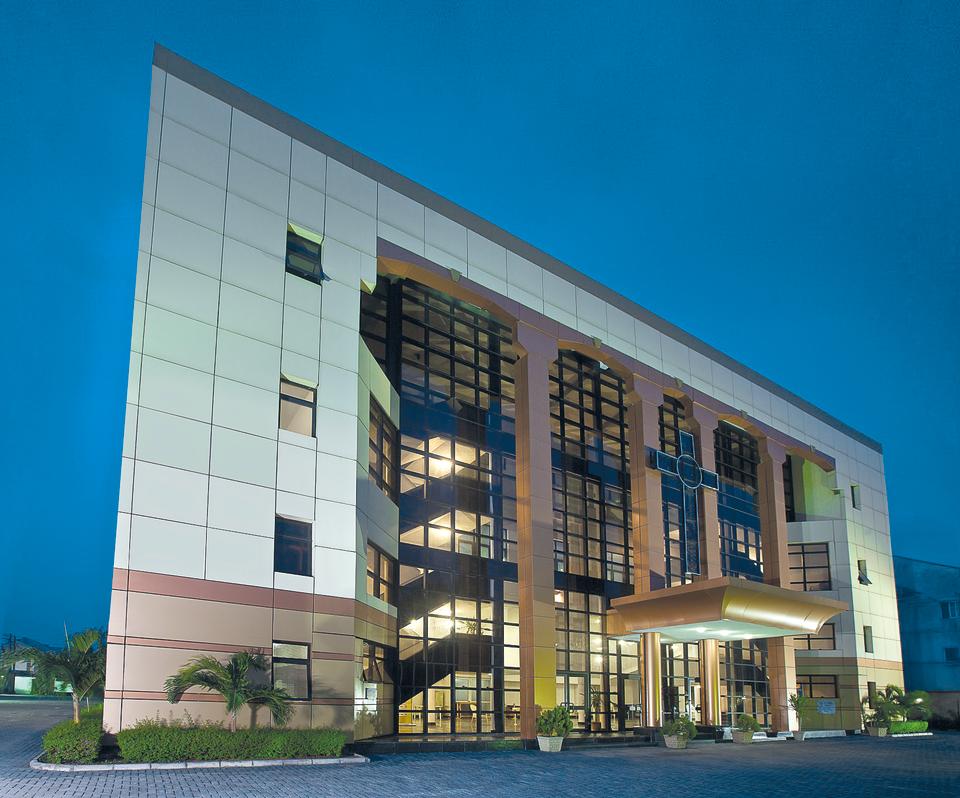
The timing couldn’t be better, as the world of architecture shines a light on Africa like never before. Ghanaian-Scottish architect Lesley Lokko curated this year’s ongoing Architecture Biennale in Venice, titled “The Laboratory of the Future,” highlighting the colonialism of Africa and the slave trade and forced migration.
Adenowo’s book is tailored to an international audience and is divided into 10 chapters that introduce a new way of looking at contemporary African architectural practices.
The book aims at presenting her thesis on “Neo-Heritage,” which envisions an ideation framework leveraging deeply rooted African heritage design principles that have the potential to provide global solutions in the field of architecture.
Adenowo dedicated a chapter to her efforts in the field of climate-responsive buildings, explaining that it is crucial to create comfortable shelter for the nation’s wet and dry seasons and extreme temperatures of over 40 degrees Celsius. For example, Adenowo details the importance of courtyards to ensure cross ventilation; stack ventilation methods to procure cool air from the ground level; high ceilings; plant screens as a climate modification solutions to filter air quality, and trellises to provide shade form the sun’s rays.
“My approach is based on techniques derived from studying the climate modification principles of my heritage architecture, as well as years of experience living and learning inside the creations of Israeli architect Areih Sharon (1900 to 1984).”
Sharon, she explained, adopted and adapted Yoruba climate-responsive design principles by studying how Indigenous builders had for centuries innovated for climate modification in the ancient city of Ile Ife.
“The materials used to build climate responsive architectures are surely more efficient in other parts of the world than in Africa,” she wrote. “What the rest of the world can learn from Africa, though, is the application of circular economy. Africans have mastered the idea of reusing materials that might be too complicated or expensive to dispose of, and that is something which could make the difference in the future.”
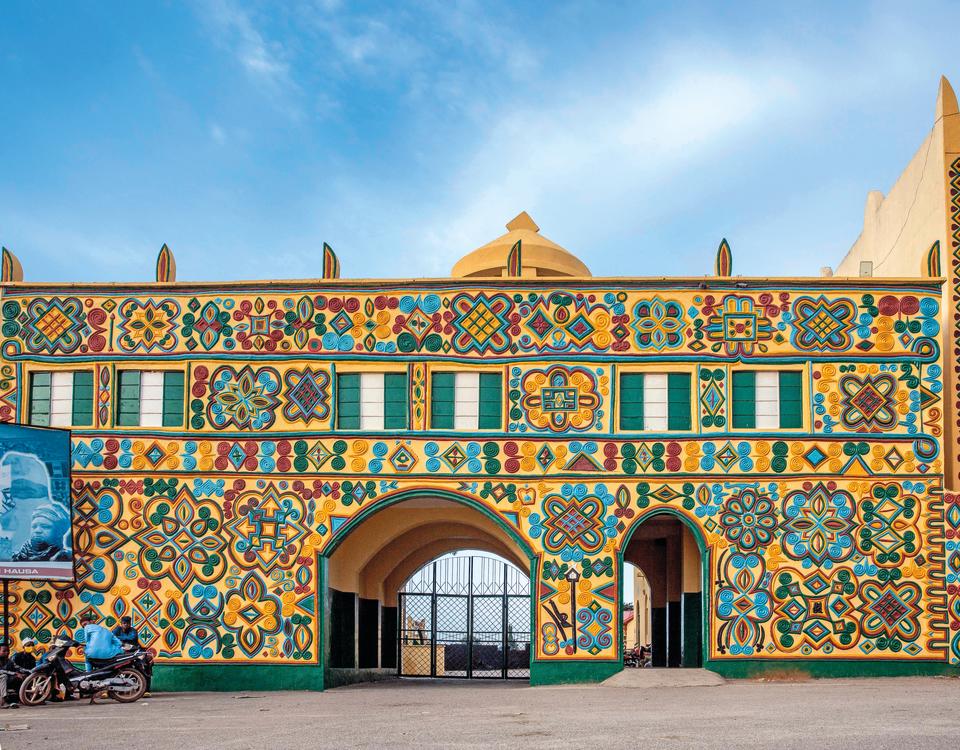
“Nigeria consists of over 500 ethnic groups by distinct languages and cultures. There is no other country in Africa which possesses the sheer ethno-cultural diversity and environmental variations that create a matrix of architectural design problem-solving as Nigeria does. Architecture itself is a response to the culture and the physical environment of a people. Every expression of architecture and building type, or architectural style, is an answer to the ethno-cultural context and physical realities of the locale and studying Nigeria and all its variety helps us study the whole continent and draw conclusions from this research that can be applied everywhere in Africa,” she writes.
The 54-year-old also highlights the golden age of the Nigerian zeitgeist and its influence in and beyond Nigeria in the fields of music, football, fashion, film and faith.
“Our sheer population is also an undeniable factor — approximately one out of every six Africans as of today is a Nigerian. The sheer size, the economy and unique diversity shaped Nigeria and has uniquely positioned her to be the influence she is today,” Adenowo said.
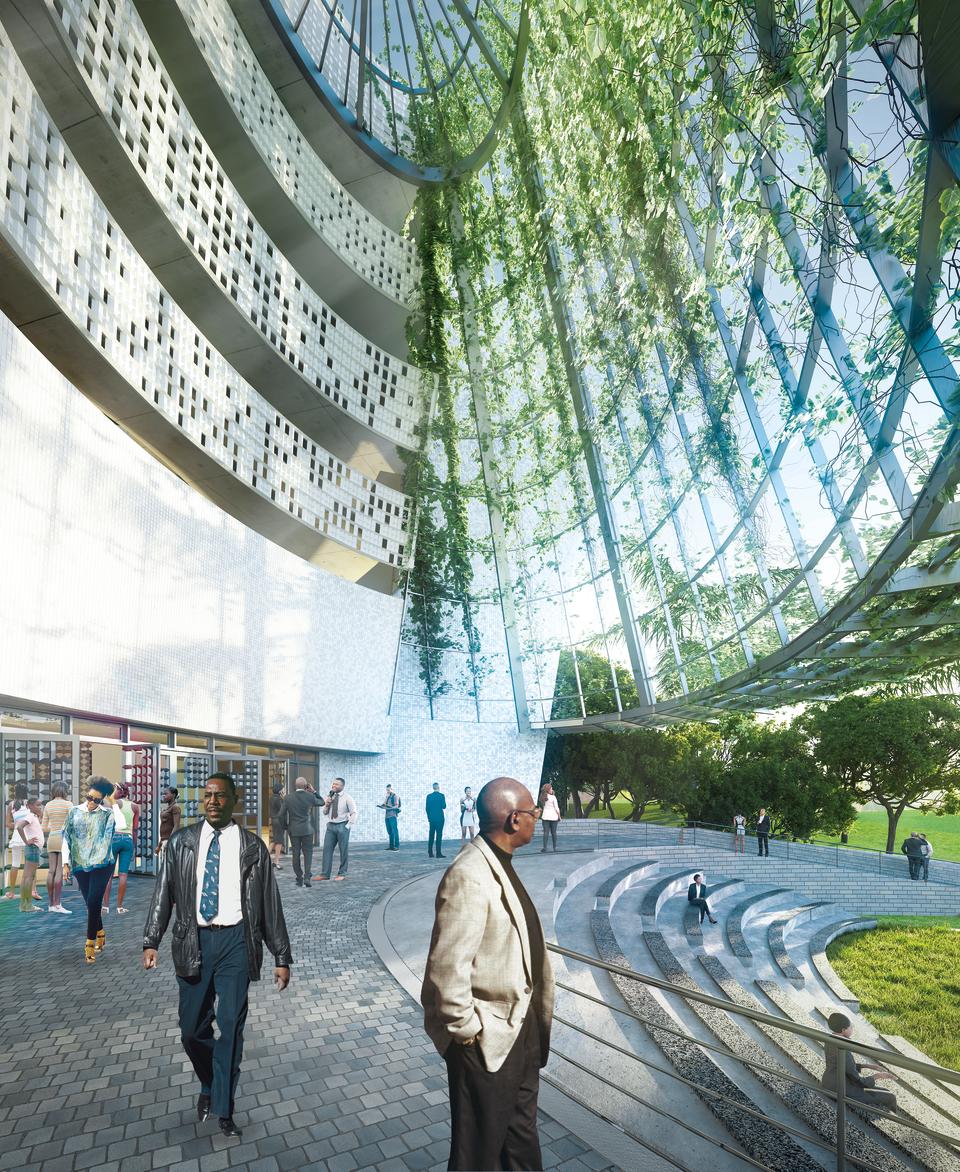
Born in Ibadan, the daughter of a university professor and sociologist, she enrolled at Obafemi Awolowo University at 14 years old. After graduation she worked at global firms like Towry-Coker Associates before launching her AD Consulting.
In an age where inequality and racial diversity continue to shadow the progress of women worldwide and throughout the upper echelons of the workforce and leading creative fields, Adenowo said a tribute to the continent’s prowess was overdue and it was time African voices from Africa were heard far afield by the globe — and by a woman, no less.
“Be authentic. Your journey is unique to you, and the architectural landscape needs your unique paradigm,” she said, advising future female leaders of color of tomorrow. “You can bring a fresh perspective to the global discussion. Be courageous and continue to ‘do you.'”
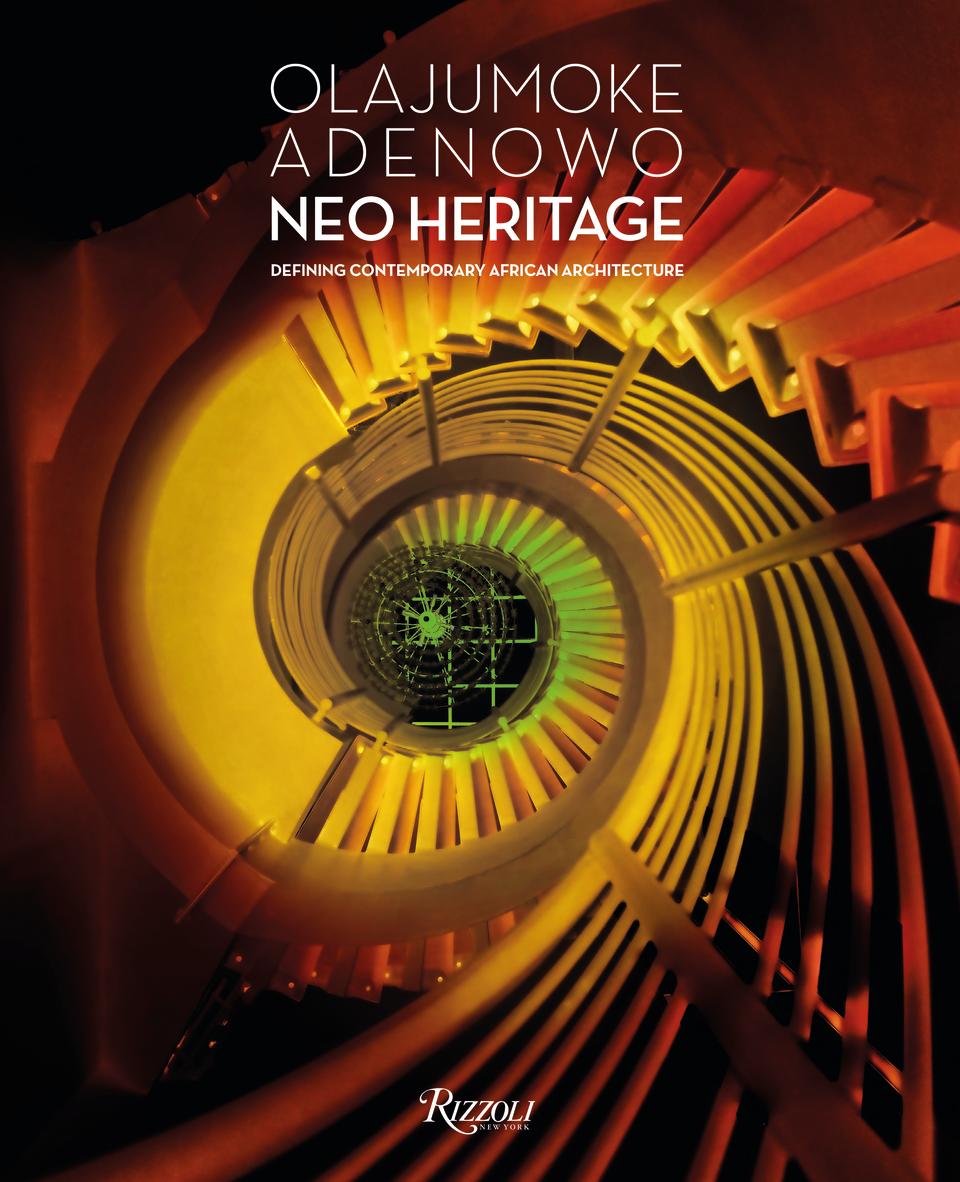
Best of WWD

